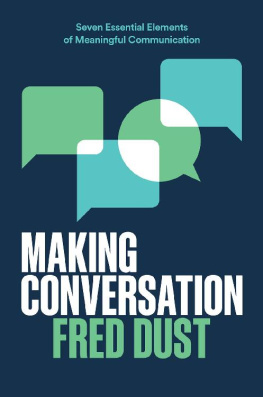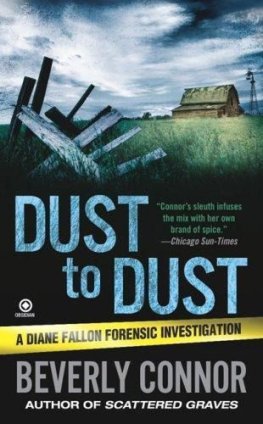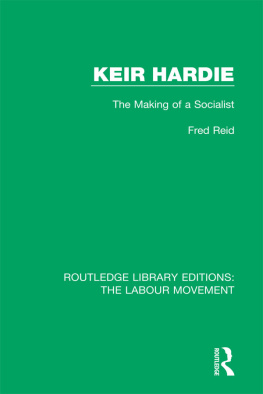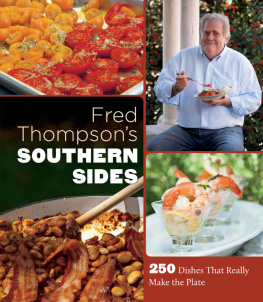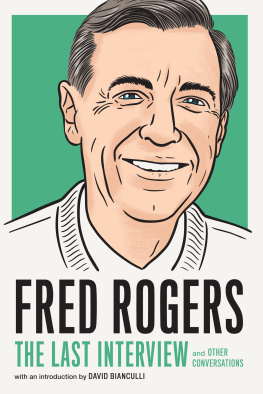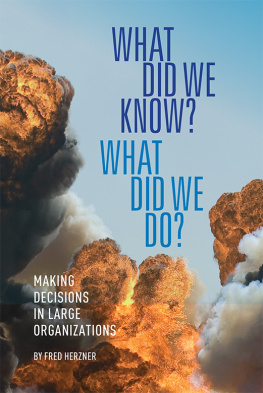Fred Dust - Making Conversation
Here you can read online Fred Dust - Making Conversation full text of the book (entire story) in english for free. Download pdf and epub, get meaning, cover and reviews about this ebook. year: 2020, publisher: Harper Business, genre: Politics. Description of the work, (preface) as well as reviews are available. Best literature library LitArk.com created for fans of good reading and offers a wide selection of genres:
Romance novel
Science fiction
Adventure
Detective
Science
History
Home and family
Prose
Art
Politics
Computer
Non-fiction
Religion
Business
Children
Humor
Choose a favorite category and find really read worthwhile books. Enjoy immersion in the world of imagination, feel the emotions of the characters or learn something new for yourself, make an fascinating discovery.
Making Conversation: summary, description and annotation
We offer to read an annotation, description, summary or preface (depends on what the author of the book "Making Conversation" wrote himself). If you haven't found the necessary information about the book — write in the comments, we will try to find it.
Making Conversation — read online for free the complete book (whole text) full work
Below is the text of the book, divided by pages. System saving the place of the last page read, allows you to conveniently read the book "Making Conversation" online for free, without having to search again every time where you left off. Put a bookmark, and you can go to the page where you finished reading at any time.
Font size:
Interval:
Bookmark:
For my husband, David, who had to make a lot of conversations to make this happen
Nowadays, everyone I meetfriends and colleagues, even strangers at dinner partieskeeps asking me some variation of the same question: I had this conversation today and it just didnt work. What do you think I did wrong?
The headmaster of a school wondering how she could better handle hard conversations with the powerful and wealthy parents of her students. A CEO trying to navigate decisiveness with prudence. A mother in anguish because her daughters anorexia has turned the family dinner table into a war zone. A board meeting that went wrong over a single word. A senior member of a police force struggling to talk with her officers about ethics.
Without intending to, Ive become a kind of expert in the design of conversations.
Constructive conversation is one of humanitys first and most powerful tools. Conversations built our first communities and helped emerging civilization progress. Public discourse was the foundation of democracy and has been the underpinning of all aspects of government and governance throughout history. And whatever we may feel about our handheld devices and pinging social media accounts, technological progress arose from constructive conversations. Creative collaboration was what put humans on the moon and what still keeps us in the digital ether.
But lately it seems like weve all lost the ability to talk to one another. To have productive conversations. To exchange ideas and together advance those ideas.
Everythings moving too fast. The news media promotes friction and faction. Politics and democratic dialogue seem lost to us, each day hitting a new low. College campuses have become so divided by race, class, and gender politics that institutions that were built on dialogue are now afraid to host it at all. Once, we might have believed others were wrong; today, we believe others are lying.
Meanwhile, our children are being driven inward, only able to communicate through their devices, and what we perceive through social media is only the thinnest slice of who we are as humans. The discourse online is between figments of ourselves, ghosts in dialogue. Weve lost our sense of humanness and its reflected in the viciousness of the rhetoric that surrounds social media conversation today.
This same media system exposes us to such constant tragedyhurricanes, fires, school shootings, police violence, pandemics, detention campsthat we cant pause and deal with any of them anymore. We simply let these atrocities pile up; we live in perpetual crisis.
Sure, weve always had a hard time having important conversations across political, socioeconomic, gender, or racial lines. But now were having trouble talking to the people closest to us. Its happening between friends, family, coworkers, people who share political beliefs and goals. The rift is visible everywhere.
For my entire career, Ive built my life around the idea that a fresh and creative approach to conversations that matter could save us. Could change the world. But over the last couple of years I found myself in increasing despair. I wasnt sure I actually believed in the power of creative conversation anymore. It was akin to a loss of faith.
It all began in 1988 when I dropped out of college to go and work with the HIV activist group ACT UP (AIDS Coalition to Unleash Power).
The early days of ACT UP felt like a creative revolution. So many of those who found themselves afflicted with the disease were artists, playwrights, and designers; their approach to public protest was so fresh and transgressive that a movement about death felt vibrantly alive. The die-ins. The slogan Silence = Death. The reappropriation of the pink trianglea remnant from the Nazi-era branding of the gay men and women sent to the concentration camps. It was new and modern, and the combination of activist methods and creative coalitions reinvented the landscape of modern protest.
At first, it really was exhilarating: there I was, sitting on the floor of Seattles Capitol Hill community center, among men and women, gay and straight, artists and laypeople, helping plan the elaborately staged interventions the organization was known for. As the weeks went by, however, it began to feel like there was more time spent planning than doing, more rhetoric than exuberant creativity. I began to feel frustrated with spray-painting signs in Seattle basements and gathering in small group demonstrations that were frankly easy to ignore.
Had my timing been differenta few years earlier and a couple of thousand miles eastwardI may have witnessed something different. The truth was, joining the Seattle chapter of ACT UP had put me in the very outer rings of the burning center. But the deeper and sadder truth was that even that central fire seemed to be flickering and fading. The creative center of artists, writers, performers, and advertising people was literally dying out, hit hard by late-stage HIV. I was in the cold, rainy Seattle streets surrounded not by creative warmth but by a cold anger and a community now mostly defined by their mourning.
But that was the beginning of a journey for me. I was chasing something. I could see the way art and social change could mergehow hard conversations could become both more provocative and more positive through the introduction of creative practice. At the same time, I was watching political conversations on a national and global scale begin to falter and fail. I was trying to balance what seemed an emerging cynicism in the world with the more hopeful practices I believed possible.
A year later I returned to school and shifted my study from politics (Id once planned to spend a semester working with guerrilla soldiers in Zimbabwe) to art and art history. While the medium was different, the underlying current of what I was engaged with was the same. I chose to study the long history of artists who had made social change through their work. I was looking for the places where art and activism blended together.
My timing couldnt have been better. The work of ACT UP and the political moment were giving rise to artists who were integrating art and politics in all-new ways. In school, I did my thesis work on Barbara Kruger. Her iconic poster for the pro-choice movement, Your body is a battleground, was known to all. And she was not alone.
After I graduated, I began working with artist activists like Yolanda Lopez and the art collective Border Arts Workshop, who did politically charged work about immigration in California; Mary Kelly, who became notorious for documenting every aspect of her childs first year of life and attracted outsize anger from the mostly male world of art critics; James Luna, a Native American performance artist who put his naked body on display in glass cases in the anthropological wings of museums like the Met; and HIV-positive performance artist Tim Miller, who was known for the confrontationally sexual content of his work. Their art was courageous, clever, witty, and beautiful, but also capable of inspiring bold change. It was encouraging new forms of conversation in the world.
This political moment in the art world coincided with the emergence of new technologies like CD-ROMsyes, reallyand the first skeletal structures of the internet. It was an oddly utopian moment. In fact, the first book I co-edited, Clicking In: Hot Links to a Digital Culture, was a collection of exuberant essays by artists celebrating the way new technologies would liberate our identities. Ironically, many of the artists and philosophers in that book, most notably Jaron Lanier, have since embraced a dystopian view of the technologies they once boosted. Later, in the 1990s, the art market exploded, and political art was largely sidelined.
Font size:
Interval:
Bookmark:
Similar books «Making Conversation»
Look at similar books to Making Conversation. We have selected literature similar in name and meaning in the hope of providing readers with more options to find new, interesting, not yet read works.
Discussion, reviews of the book Making Conversation and just readers' own opinions. Leave your comments, write what you think about the work, its meaning or the main characters. Specify what exactly you liked and what you didn't like, and why you think so.

